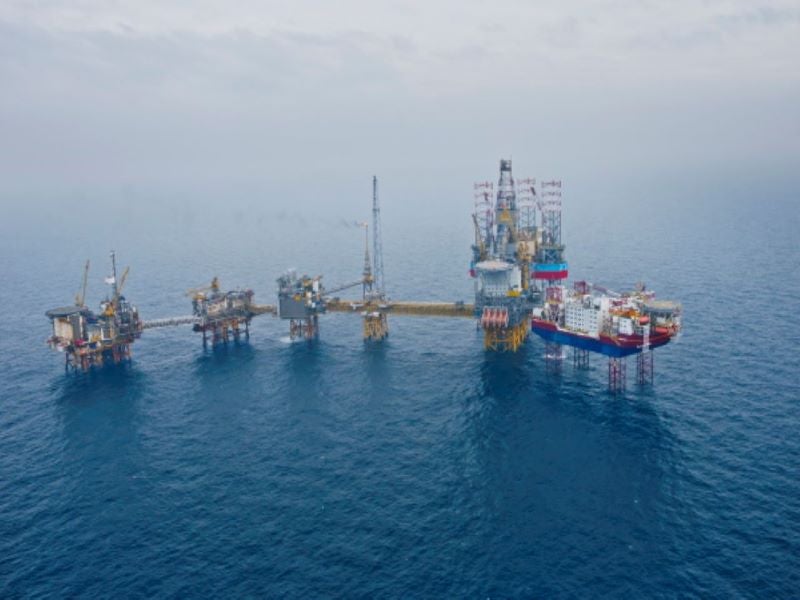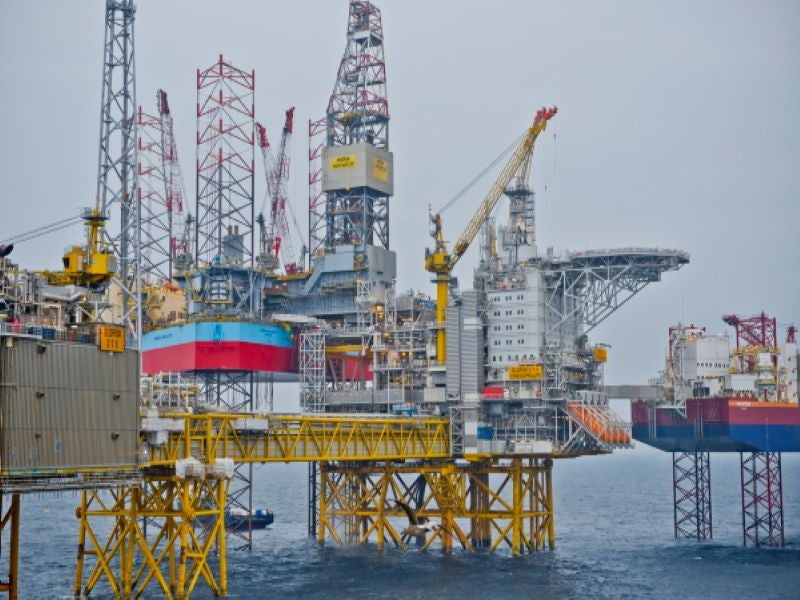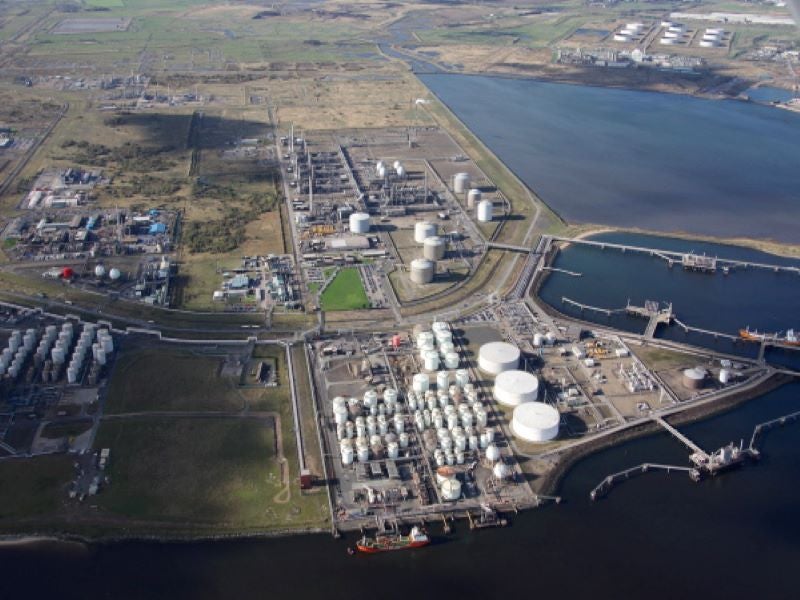The Eldfisk North project will involve the development of additional resources for the Eldfisk oil and gas field, which is located in the southern part of the Norwegian North Sea.
ConocoPhillips Skandinavia, a subsidiary of ConocoPhillips, operates the Eldfisk field with a 35.112% interest. The remaining interest is owned by TotalEnergies’ subsidiary TotalEnergies EP Norge (39.896%), Vår Energi (12.388%), Equinor (7.604%) and Petoro (5%).
The plan for the development and operation (PDO) of the Eldfisk North project was submitted to the Norwegian Ministry of Petroleum and Energy in May 2022. With an estimated investment of approximately Nkr10.5bn ($1.2bn), the field is expected to achieve first production in 2024.
The project is estimated to generate up to 4,500 jobs through contracts.
The greenhouse gas emissions from the Eldfisk North development are estimated at 7kg carbon dioxide (CO₂) per barrel of equivalent.
Location and reservoir details
Eldfisk North forms a part of the Eldfisk field, which is located in block 2/7 within production licence (PL) 018 in the Greater Ekofisk Area.
The Eldfisk field is located 16km south of Ekofisk at a water depth of about 70m. It is among the largest fields on the Norwegian continental shelf as well as in the Greater Ekofisk Area.
The Eldfisk reservoir comprises fractured chalk with oil-bearing layers in the Late Cretaceous and early Paleocene era in the Hod, Tor and Ekofisk formations.
The reservoir rock is highly porous with low permeability, and reservoir fluids flow easily due to natural fracturing. The field consists of the Alpha, Bravo and Eldfisk Øst structures, which have reservoirs that are located at depths ranging from 2,700m to 2,900m.
The Eldfisk North field is estimated to hold between 50 and 90 million metric barrels oil equivalent (Mmboe).
Eldfisk discovery and development
The Eldfisk field was discovered in 1970, and production from the field started in 1979.
The initial development included the Eldfisk B combined drilling, wellhead and process facility, as well as the Eldfisk A and Eldfisk FTP wellhead and process facilities.
A PDO for water injection was approved in 1997. The installation of the Eldfisk E injection facility was completed in 1999.
The PDO for the Eldfisk II project was approved by the Norwegian Parliament in 2011. The project added a new integrated platform to the Eldfisk complex. The platform is bridge-connected to the other platforms in the complex, allowing production to be transported to the Ekofisk complex.
Eldfisk North development details
The Eldfisk North project will use the existing infrastructure in the area. It will utilise spare processing and transportation capacity from the existing Eldfisk complex to reduce overall greenhouse gas emissions while increasing recovery.
The field is proposed to be developed using a 3 x 6 slot subsea production system with 14 wells, including nine production wells and five water injection wells.
The new greenfield facilities of Eldfisk North will be tied back to the Eldfisk complex.
Contractors involved
Sustainable energy solutions provider Aker Solutions was awarded the contract to supply a subsea production system for the Eldfisk North development in March 2021.
The scope of supply includes 13 standardised vertical subsea trees, wellheads, three six-slot templates with integrated manifolds, control systems and associated services.
Eldfisk complex details
The Eldfisk oil and gas field was developed with five platforms, namely Eldfisk 2/7 A, 2/7 B, 2/7 FTP, 2/7 S and 2/7 E.
Four of the platforms are connected with bridges to form the Eldfisk complex. The fifth platform, Eldfisk 2/7 B, is located about 6km north-west of the complex.
Oil produced from the field is transported through the Norpipe oil pipeline to Teesside, UK, while gas is transported through the Norpipe gas pipeline to Emden, Germany.




